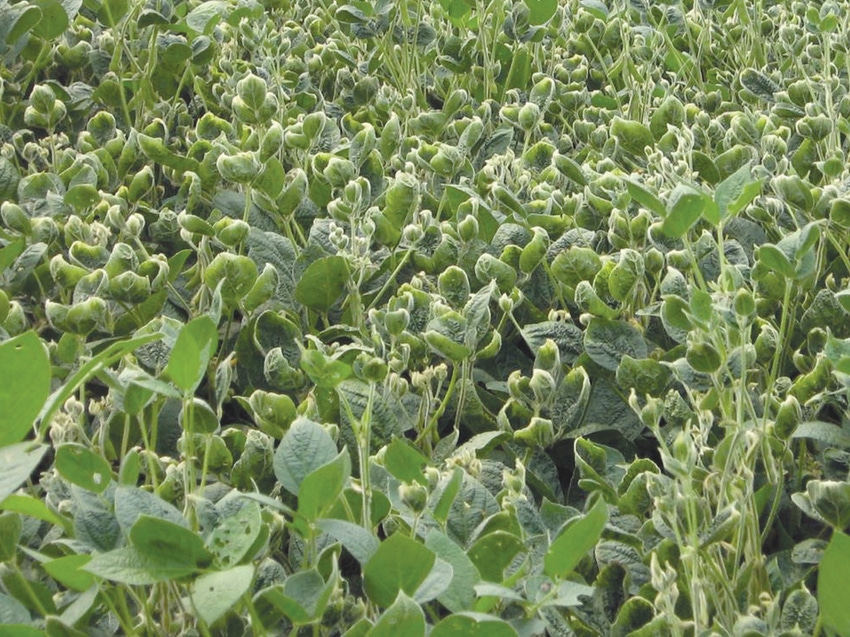
There are generally four common claims seen in drift cases taken into court.
“You need to analyze each (possible type of claim) under your state’s law,” said Tiffany Dowell Lashmet, with Texas A&M AgriLife Extension Service, during a Nov. 1 National Agricultural Law Center webinar.
Negligence.
Far and away the most common claim is negligence.
“‘Negligence’ just means there’s a failure to act as a reasonable person. Each will require different elements of proof and be subject to different potential defenses.
“These claims are very fact-specific. … The issues that come up most often are ‘breach of duty’ elements. You’ve got to show the defendant did something unreasonable.”
Did the defendant violate the label? “That would be unreasonable and clear evidence of a breach of duty.
The causation element is frequently seen in such cases. “You must prove the defendant’s breach that caused the plaintiff’s injury. That may be difficult to do if there have been multiple people around you spraying a pesticide.”
The plaintiff has to show actual damages, said Lashmet. “It has to be more than cupping of leaves. You must show monetary damage and so need to keep accurate records on past yield history.”
Strict liability.
Strict liability applies “when there’s something deemed to be an ultra-hazardous activity. It imposes liability anytime someone is injured, regardless of facts or the reasonableness of the actor.”
States are divided on whether strict liability applies to pesticide application.
In a Louisiana case involving 2,4-D on a rice field, “the court held it was an ultra-hazardous activity and applied strict liability. Oklahoma has done the same for aerial application on cotton fields. Washington has applied strict liability for aerial application.”
More recently, both Wisconsin and New York refused to apply strict liability to aerial applications.
Trespass.
“Trespass just means physical invasion on the property of another.”
In Texas, courts have found trespass is a legitimate claim for herbicide applications. Meanwhile, “New York has reached the opposite result and said pesticide is not a ‘tangible object’ which is required under their common-law rules.”
A potential defense against trespass claims in many states is ‘Right to Farm’ statutes. “Those statutes provide a defense to a farmer for nuisance and sometimes trespass claims, differing between states, if they meet certain requirements.”
Nuisance.
This involves interference of a person’s use and enjoyment of his or her own property.
“This is very common with odors or dust. If someone lives next to a feed lot and don’t like the smell, nuisance is often the claim we see. It isn’t common in pesticide cases, at all.
“There are a couple of cases from Arizona that indicate nuisance may apply if the elements can be proven regarding pesticides. Again, the Right to Farm statute in your state could be a potential defense that would allow a case to be dismissed.”
About the Author(s)
You May Also Like




